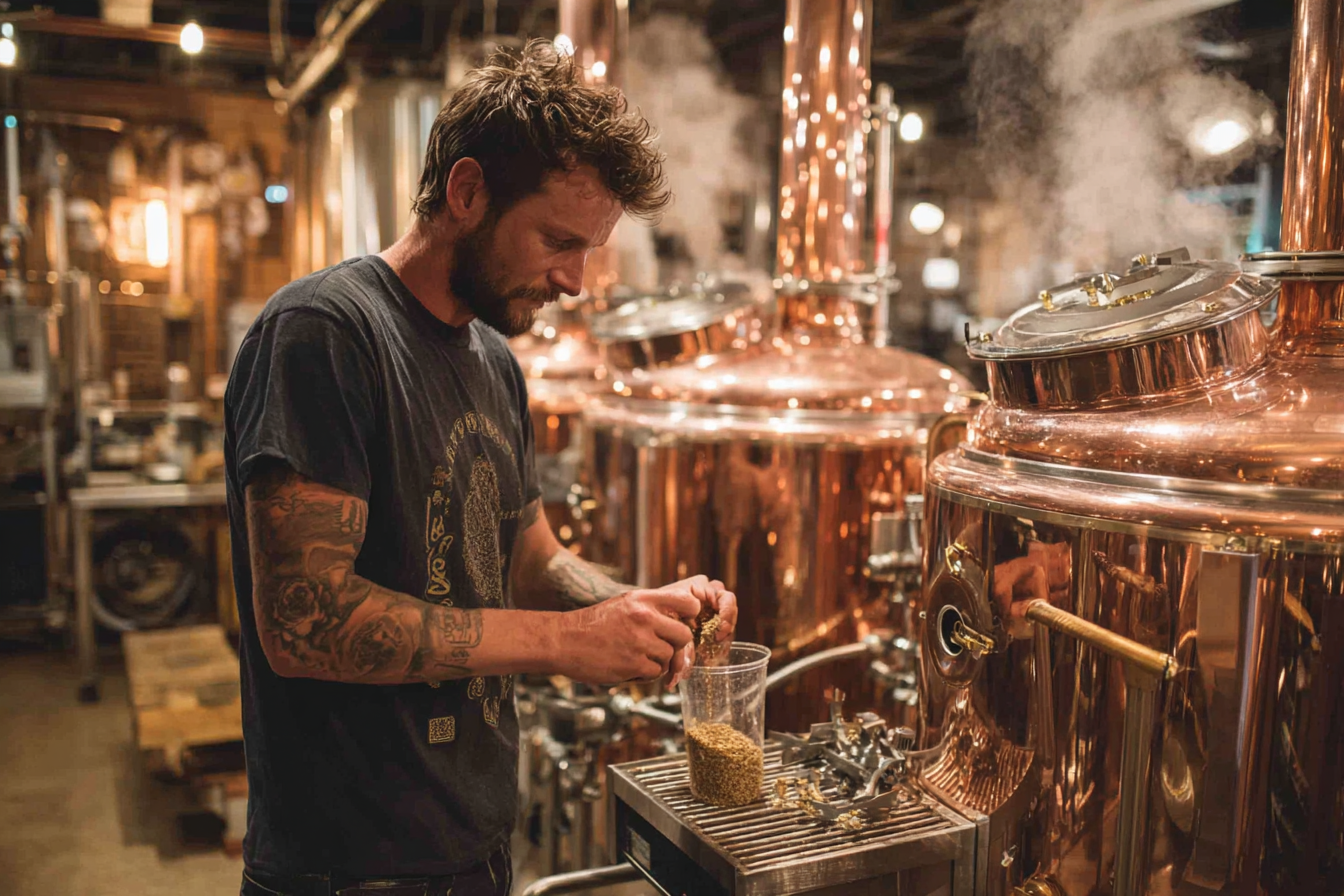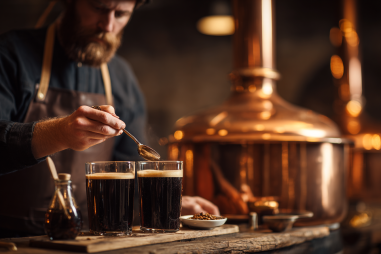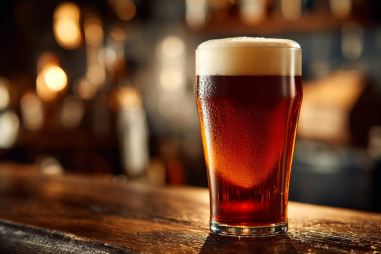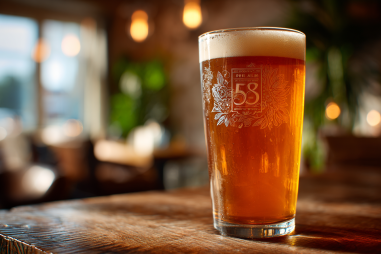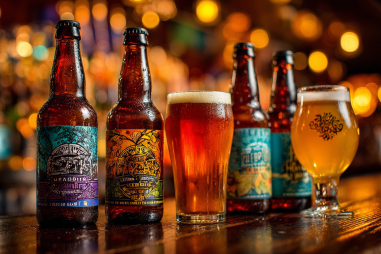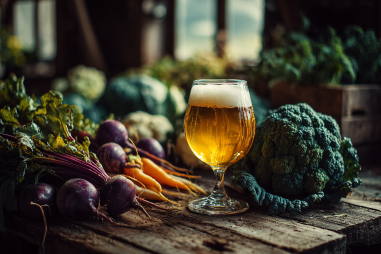Doppelbock beer stands out in the world of lagers as a rich and robust brew known for its deep malt character, smooth mouthfeel, and elevated alcohol content. Originating from Bavaria, this strong lager is a labor of love that requires a meticulous brewing process to unlock its signature qualities. If you’ve ever wondered how doppelbock achieves its full-bodied richness and warming qualities, you’re in for an in-depth exploration of its brewing journey. From carefully chosen ingredients to extended fermentation times, let’s dive into the fascinating steps behind crafting this beloved beer style.
Ingredients Unique to Doppelbock Beer
What sets doppelbock apart from other lagers starts right in the ingredient list. While the core components of water, malted barley, hops, and yeast remain consistent with all beers, doppelbock demands specific selections and higher quantities to achieve its distinct profile.
Malt is the true hero here. A generous malt bill dominated by Munich malt, often supplemented with Pilsner malt and sometimes caramel or melanoidin malts, provides the rich and sweet malty backbone. These malts not only supply fermentable sugars for a higher alcohol content but also contribute deep amber to reddish-brown hues and intense bready, toasty, and caramel flavors.
Hops play a more subtle role in doppelbocks. The hop variety tends to be traditional German types such as Hallertau or Tettnang, prized for their mild, earthy, and floral characteristics. The hop bitterness is deliberately low to moderate to maintain malt dominance without overwhelming the palate.
Yeast strains tailored for lager fermentation are used, which work well in cooler temperatures, fermenting cleanly and slowly to preserve malt complexity and minimize esters or fruity notes.
Lastly, water chemistry is often adjusted in breweries to complement the malt sweetness and support a balanced mouthfeel, emphasizing softness over harshness.
Step-by-Step Brewing Process Overview
Brewing doppelbock is a carefully orchestrated process that involves precision at every step. Although the basics align with other lagers, the differences lie in longer timelines and careful temperature control.
- Milling and mashing: Preparing the malt for the brewing process.
- Wort boiling with hops: Extracting bitterness and aroma while sterilizing the wort.
- Cooling and fermentation: Introducing yeast and managing temperature to slowly convert sugars.
- Lagering: Extended cold conditioning to refine flavor and clarity.
Mashing and Wort Preparation
The foundation of doppelbock’s flavor begins with the mashing process, where milled malt is soaked in warm water to convert starches into fermentable sugars. Brewers often employ a double or step mash schedule, carefully raising temperature in increments to activate various enzymes.
Typical mash rests may start around 50-55°C (122-131°F) for protein breakdown, followed by saccharification rests at 62-67°C (144-153°F) to promote fermentable sugar production. Because doppelbocks are designed to be rich and full-bodied, brewers often aim for a thicker mash consistency, which yields a higher original gravity. This means more sugars in the wort to create that higher alcohol content later.
Once mashing is complete, the wort is separated from the spent grains through lautering. This sweet liquid then moves into the boiling kettle.
Extended Fermentation and Lagering
The fermentation phase for doppelbock is notably longer than most beer styles, which is key to developing its clean yet complex flavor profile. Once cooled to a range between 7-13°C (45-55°F), lager yeast is pitched. These cooler temperatures cause the yeast to work more slowly, reducing the formation of fruity esters common in ales.
Fermentation may take two to three weeks to complete due to the high gravity of the wort, where yeast carefully converts the large sugar load into alcohol and carbon dioxide. Patience is essential during this stage, as rushing fermentation can introduce off-flavors and reduce clarity.
After primary fermentation, the beer undergoes an extended lagering period at near-freezing temperatures, often lasting several weeks to months. This cold conditioning helps precipitate unwanted proteins and polyphenols, resulting in a smooth mouthfeel, improved clarity, and mellowed flavors.
The extended lagering also allows the malt sweetness to integrate seamlessly with the alcohol heat, creating the renowned smoothness of doppelbock.
Techniques That Influence Flavor and Color
Brewers employ several techniques tailored to maximize the distinct flavor and appearance of doppelbock:
- High gravity brewing: Starting with a very concentrated wort gives the beer its higher alcohol and thicker body, which is essential for a doppelbock’s strength.
- Extended mash durations: Prolonging the mash can encourage the development of complex malt sugars and improve mouthfeel.
- Copper or stainless steel kettles: This choice can subtly influence the hop utilization and caramelization during the boil.
- Boiling time: A longer boil encourages Maillard reactions, deepening color and adding toasty, caramelized flavors that define the style.
- Lager yeast strain selection: Using clean-fermenting yeasts minimizes fruity esters, allowing malt flavors to shine.
- Cold lagering: Prolonged cold storage smooths out rough edges and improves clarity.
All these factors combine to give doppelbock its rich amber hues, inviting aromas of baked bread and caramel, and a velvety, warming finish.
Common Challenges in Brewing Doppelbock
Brewing doppelbock comes with its own set of hurdles that brewers must carefully manage:
- High gravity fermentation stress: Yeast can struggle in the thick wort environment, risking stalled fermentation or undesirable off-flavors if not properly managed.
- Balancing sweetness and alcohol: Achieving the right harmony without creating cloying sweetness or overpowering booziness requires precision in recipe formulation and fermentation control.
- Maintaining clarity: With a heavy malt bill, protein haze can develop. Proper mash technique, rigorous cold conditioning, and filtration help maintain a crystal-clear appearance.
- Consistent color and flavor: Small variations in malt roast level or boil times can result in significant changes in the final beer’s character, so consistency is key.
Despite these complexities, skilled brewers embrace these challenges to produce a beer that is both traditional and unforgettable.
Crafting the Perfect Doppelbock
Whether made by a passionate homebrewer or an experienced craft brewery, the art of brewing a doppelbock is a delicate balance between science and tradition. Every step of the process, from choosing specialty malts to managing long, patient fermentation and lagering, contributes to a final brew that is rich in malt flavor, smooth in body, and elevated in alcohol to provide that signature warming sensation.
Appreciating the meticulous process behind doppelbock deepens one’s respect for this storied lager style. Next time you sip on a glass of this robust ale, remember the hours of care and craftsmanship that deliver its deep sweetness and satisfying strength—truly a testament to the brewer’s skill.

